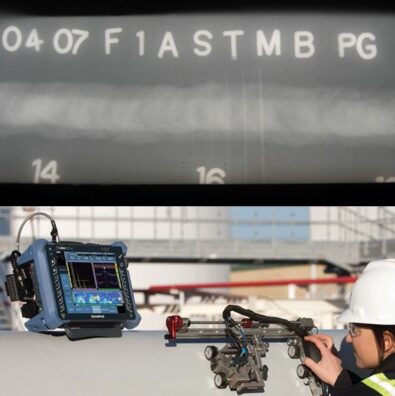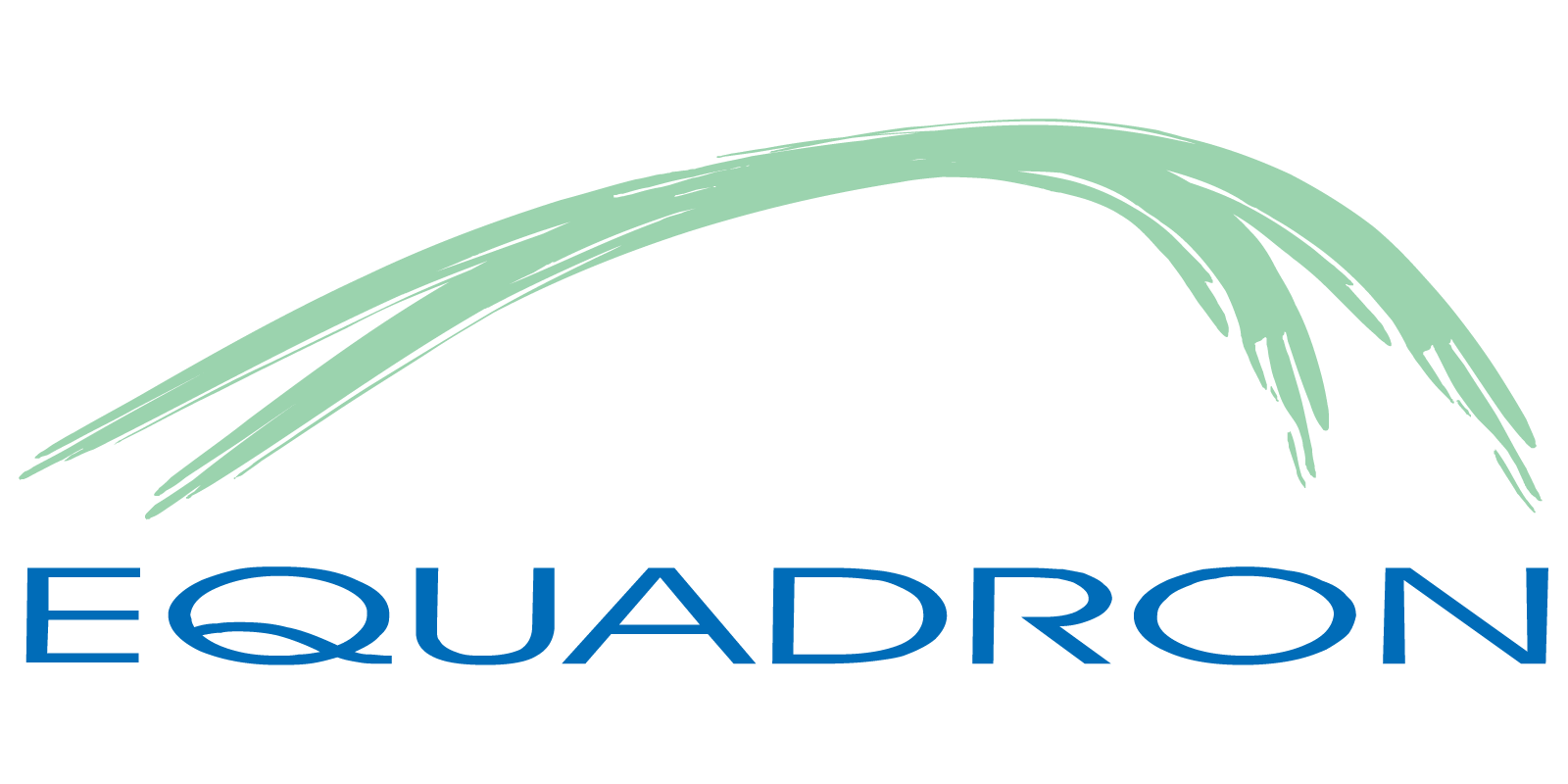Ultrasonic (UT) and radiographic (RT) examinations are the most common volumetric non-destructive testing (NDT) methods. Their popularity spans multiple industries due to their reliability in detecting internal defects in multiple types of materials.
The scope of these NDT methods is typically clearly defined in project specifications. The rationale behind selecting one over the other varies depending on multiple factors such as parts geometry, accessibility, criticality, etc.
When RT is selected, the advantage is that there will be a permanent record of the examination. Also, thin materials can be easily tested. However, the defect depth is unknown, and the inspection cost will be higher as the process is slow, especially for thick materials, the work site may need to be evacuated, and a two people crew is typically required. RT relies heavily on materials density changes, therefore, its probability of detection (POD), is high for round indications (i.e., slag inclusions and porosity), but not as good as UT for linear indications (i.e., cracks).
On the other hand, UT is the preferred method for most contractors. The reason is its low cost when compared to RT. The examination process is faster, and safer (no need to evacuate), and one operator only is sufficient for most jobs. UT examination also provides the exact location of defects. The trade-off is the thickness limitations (more than 3 mm is generally needed) and the lack of a permanent record, but this issue is being resolved with the use of encoded phased array ultrasonic testing (PAUT). When it comes to POD, UT identification of round indications is lower than RT. This said UT is better at detecting linear discontinuities than RT due to the linear discontinuities wall effect against the sound beam. This advantage is very important for critical applications as linear discontinuities tend to propagate faster than round ones.
The POD for both NDT methods is highly sensitive to the radiation or sound source position concerning internal flaws. This factor combined with their differences makes it not only possible but highly probable that welds accepted by one method could be rejected by the other. This discrepancy in POD is acknowledged in ASME Boiler and Pressure Vessel Codes (BPVC) whereby the re-examination of repaired defects must be done with the same method as the original weld was rejected. This requirement prevents “gaming” of the acceptance criteria by deliberately using the less sensitive method for re-inspection based on the type of defect.
To summarize, project specification writers should be fully aware of the advantages and limitations of the volumetric NDT methods and choose one option only for each case.

